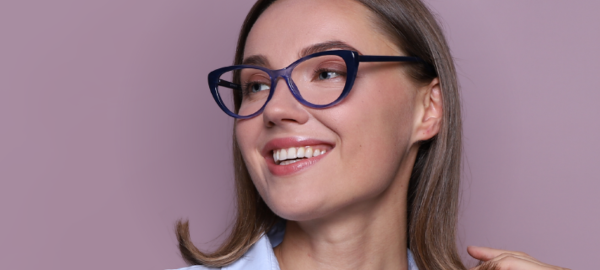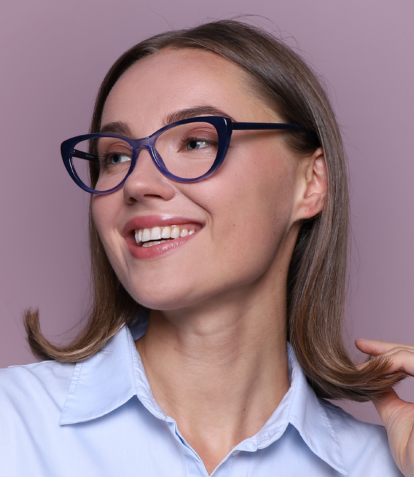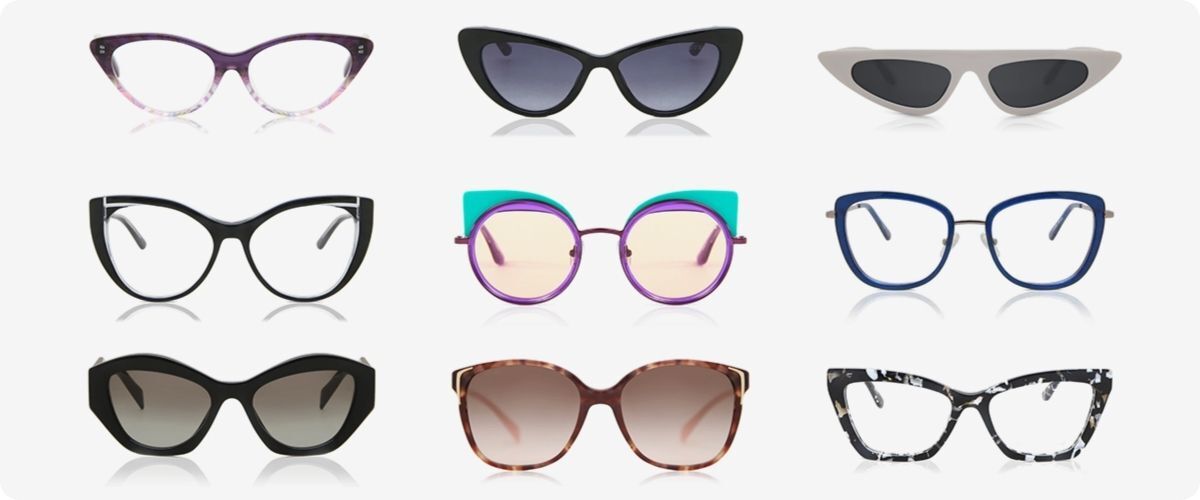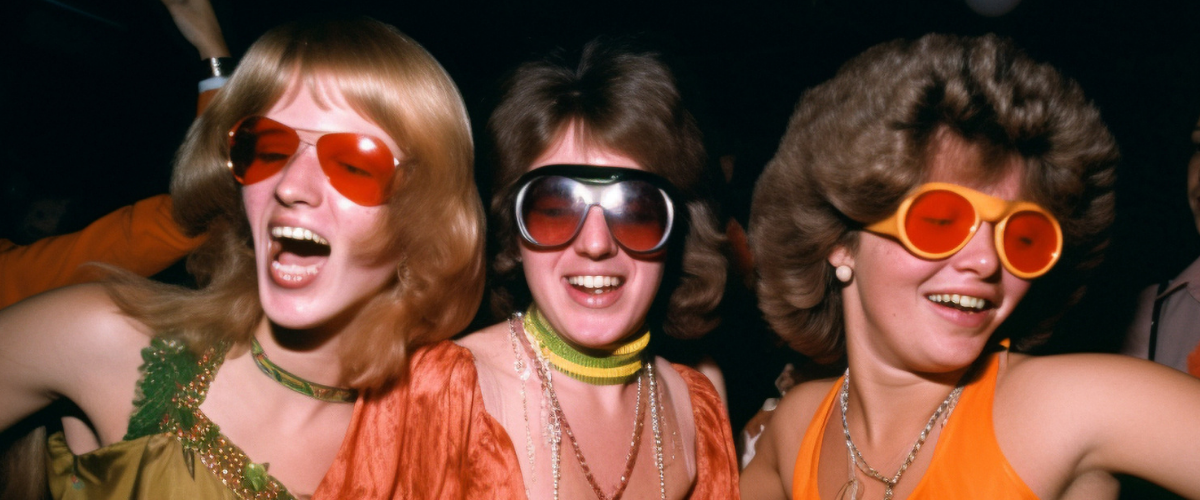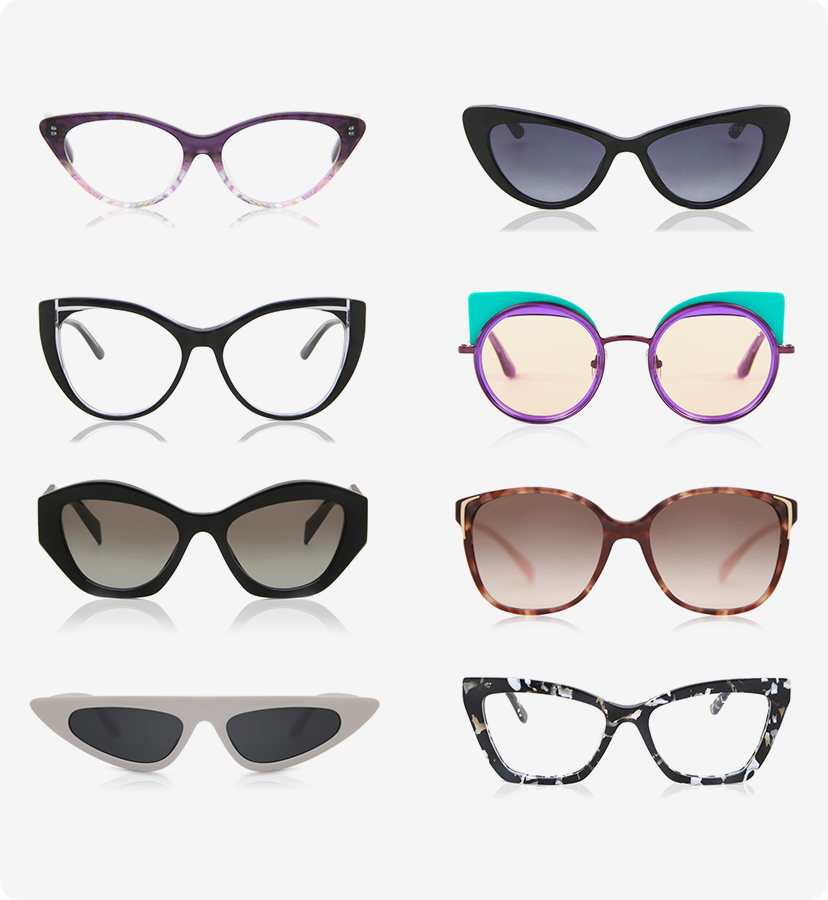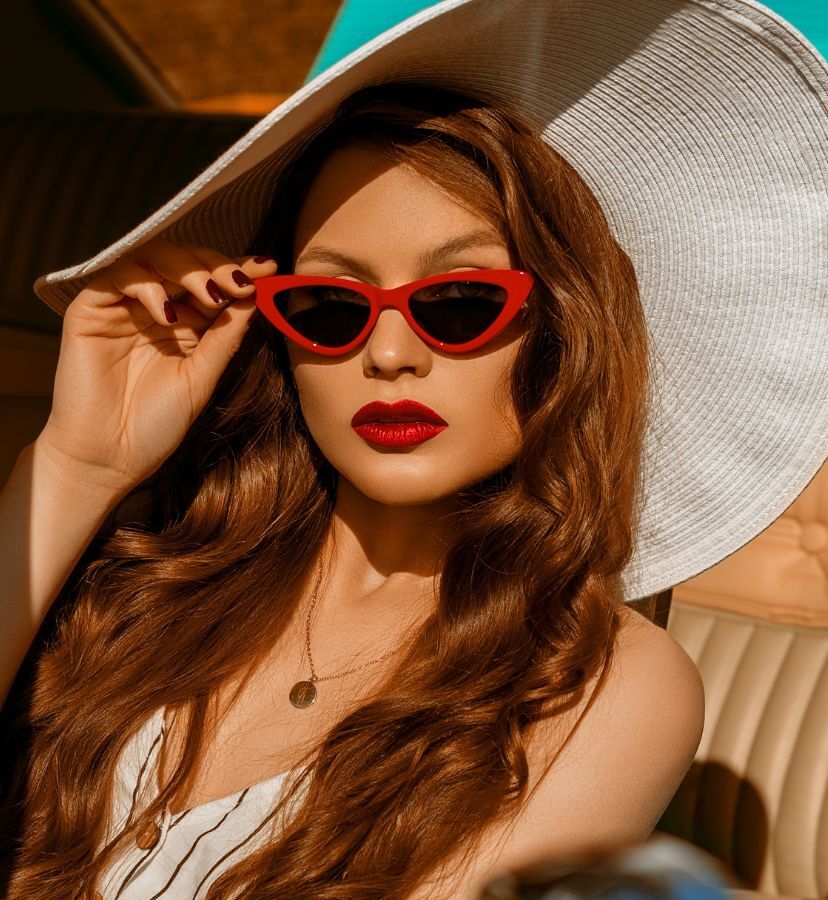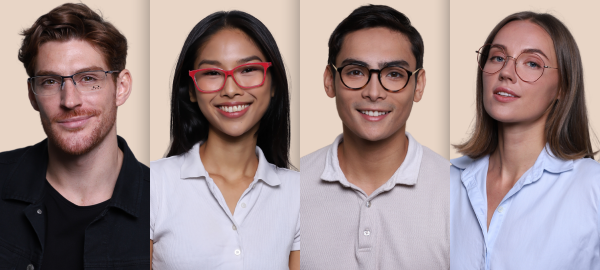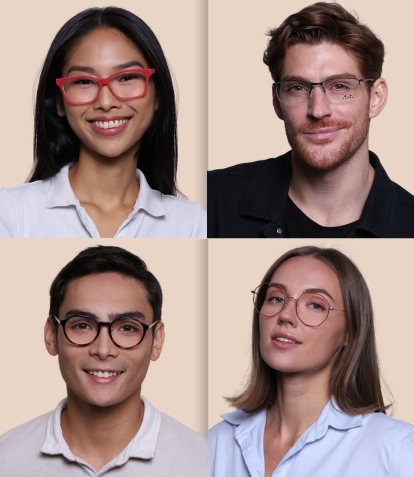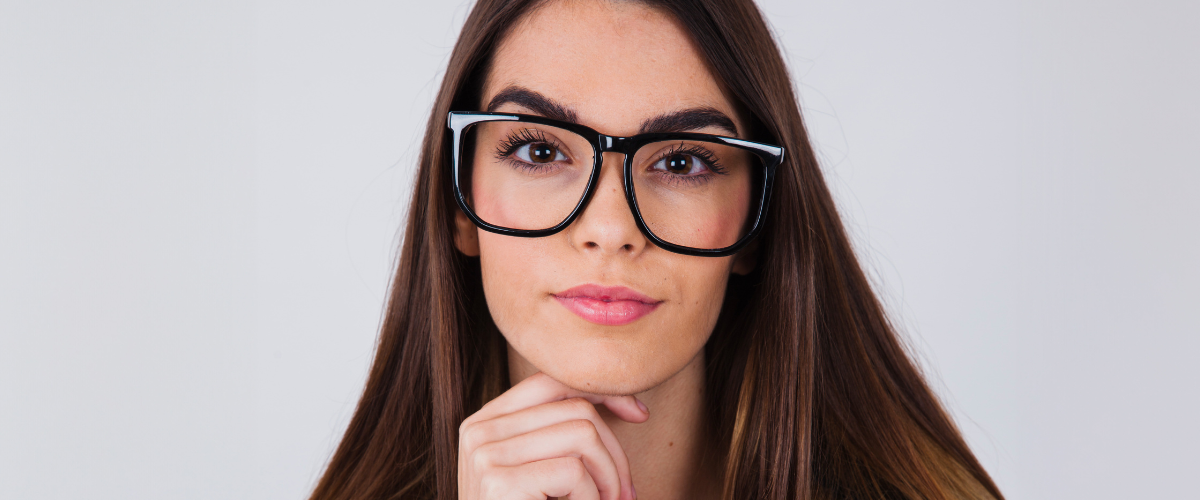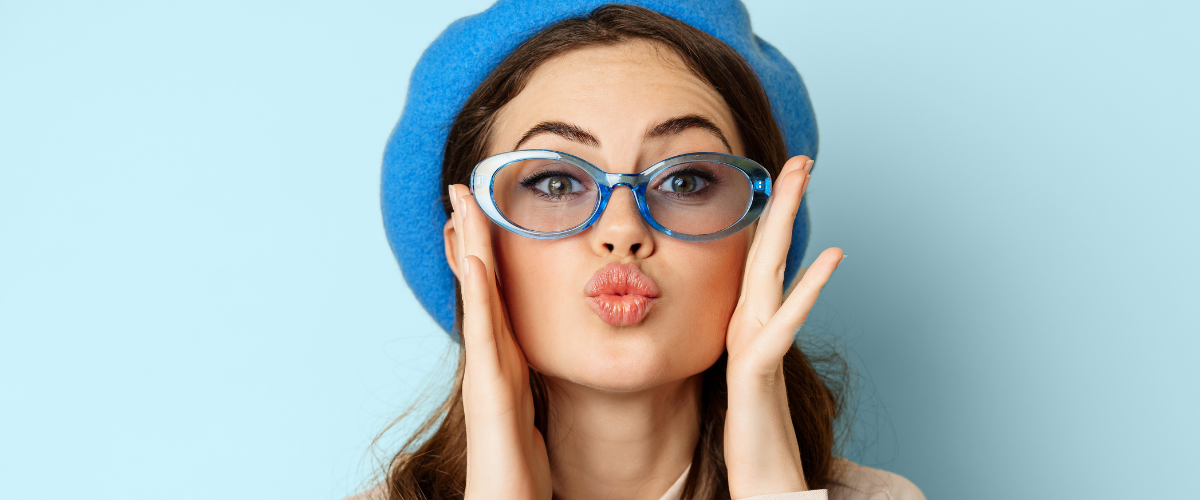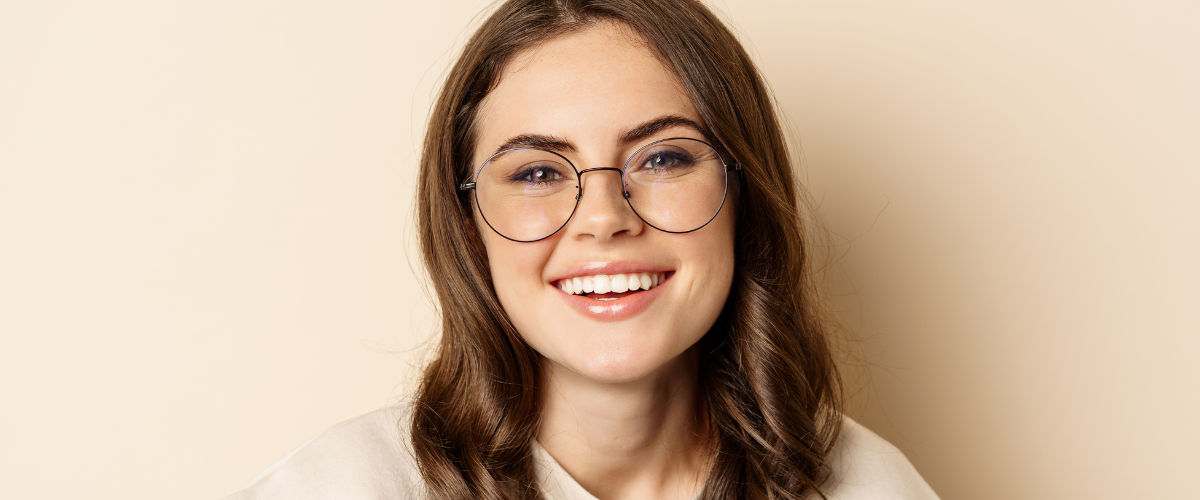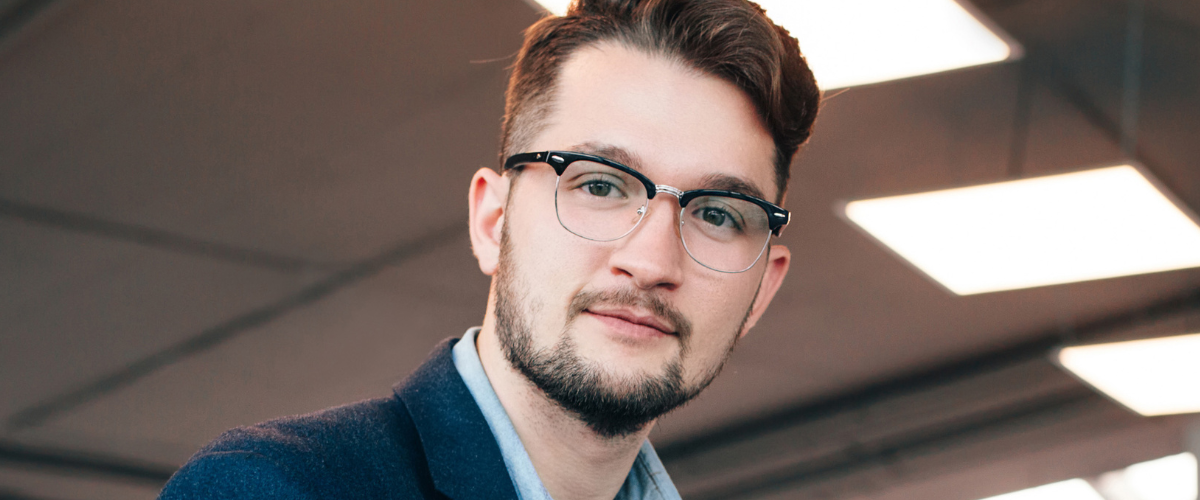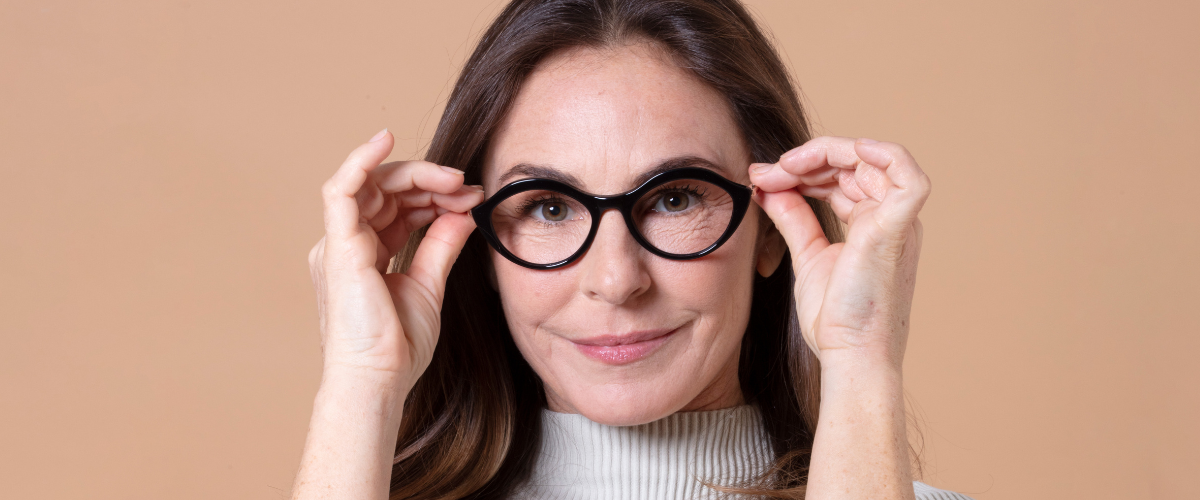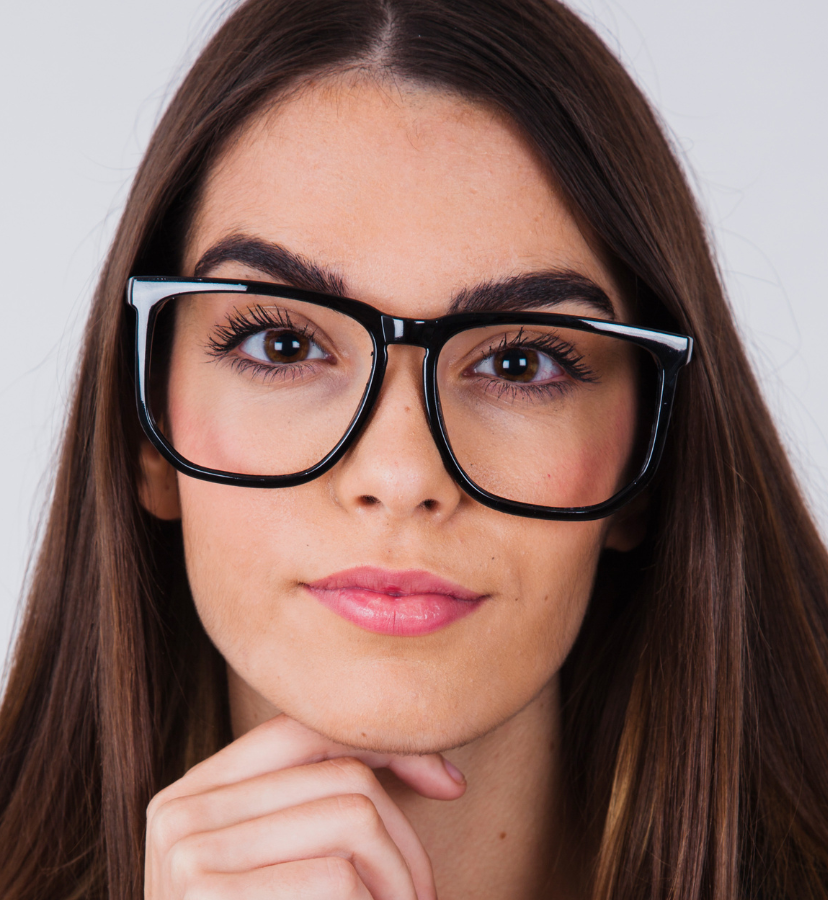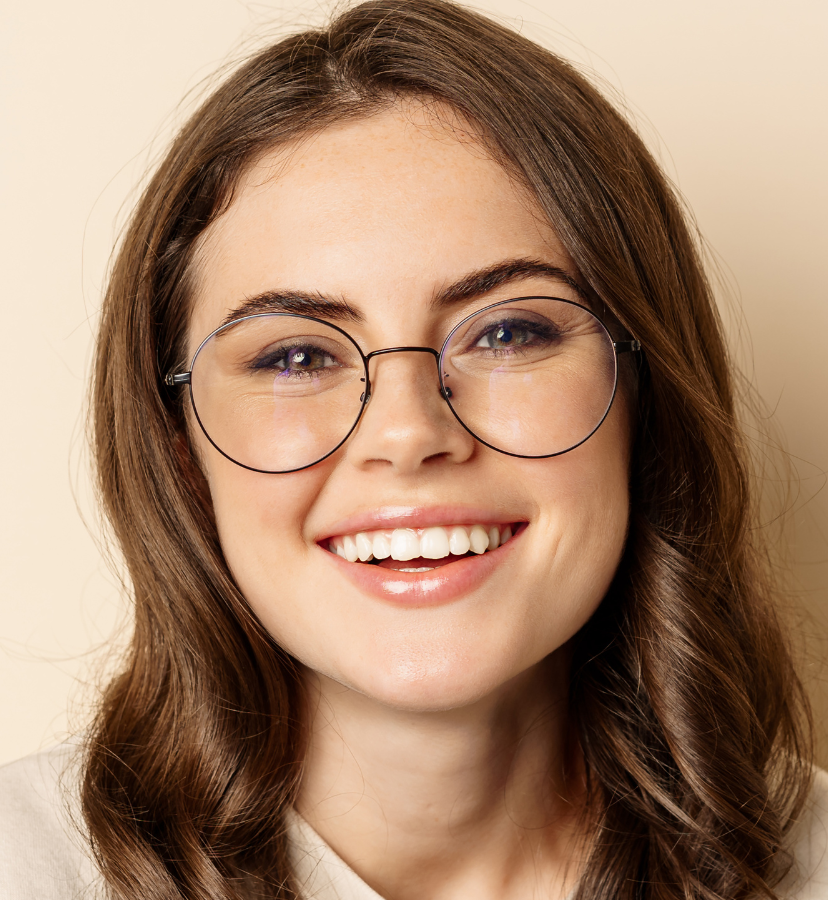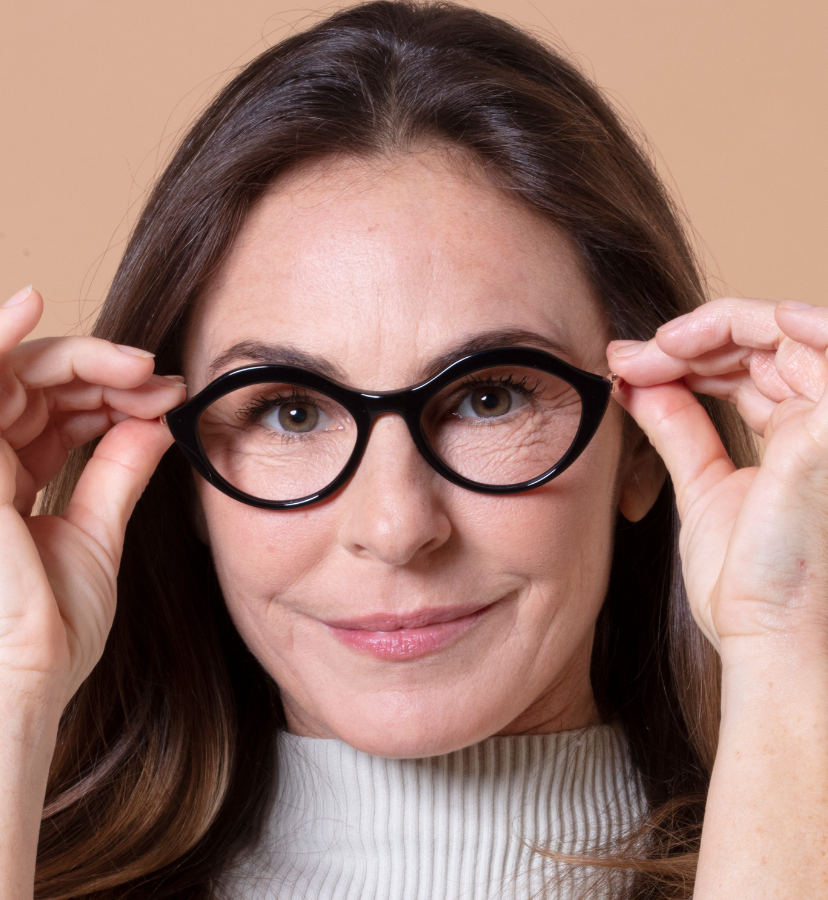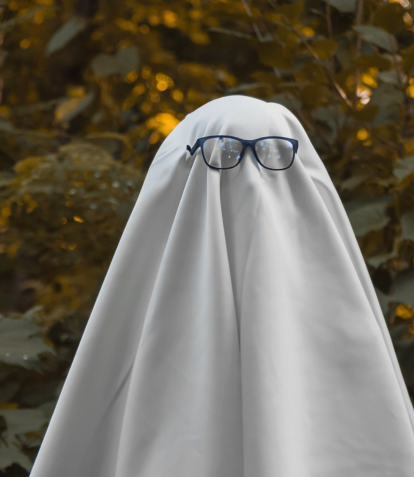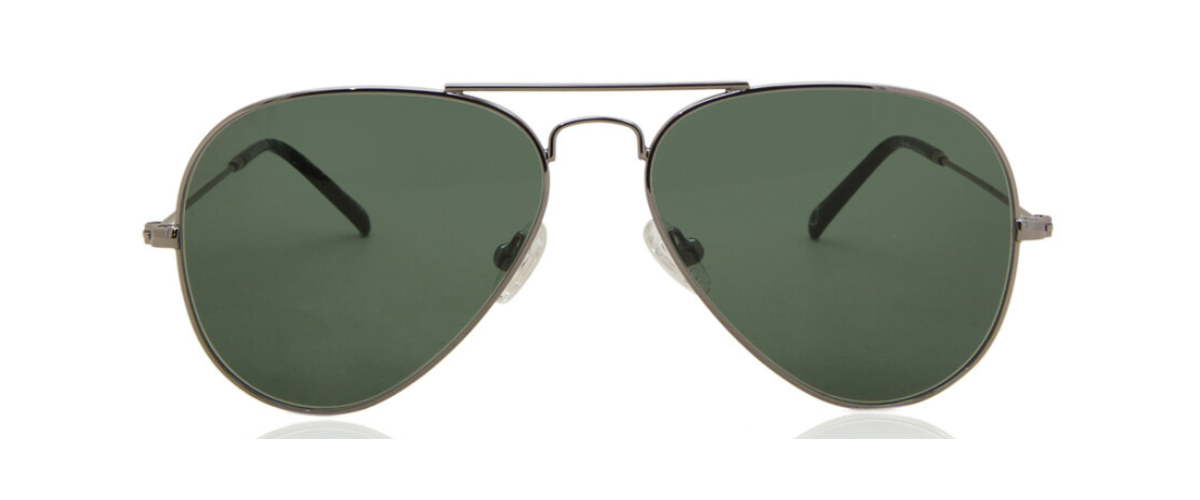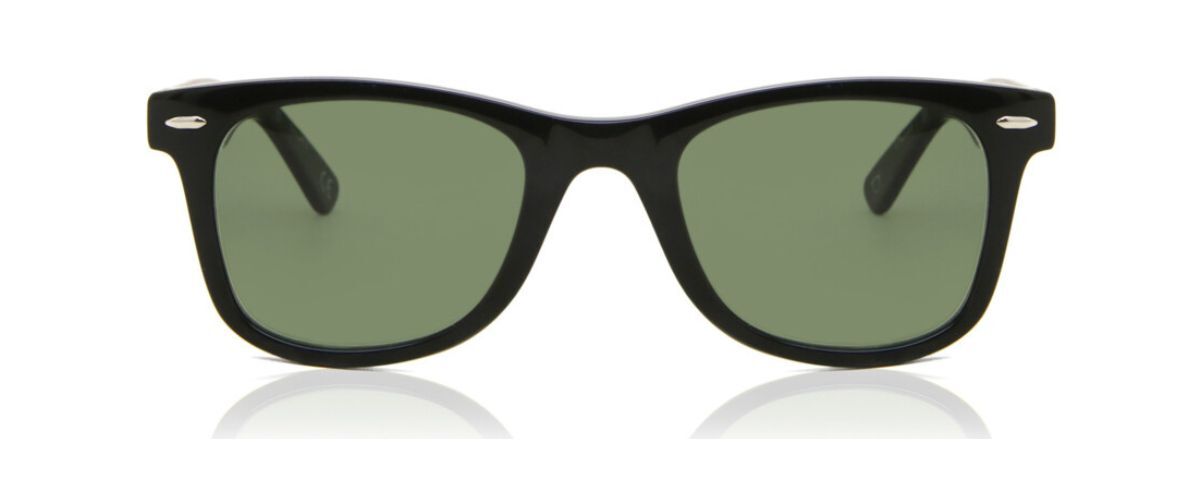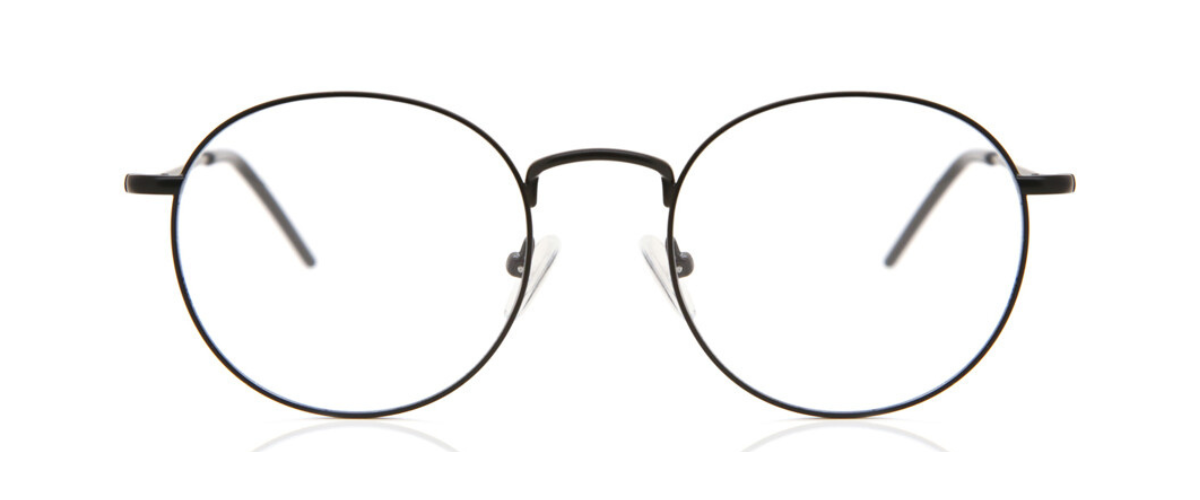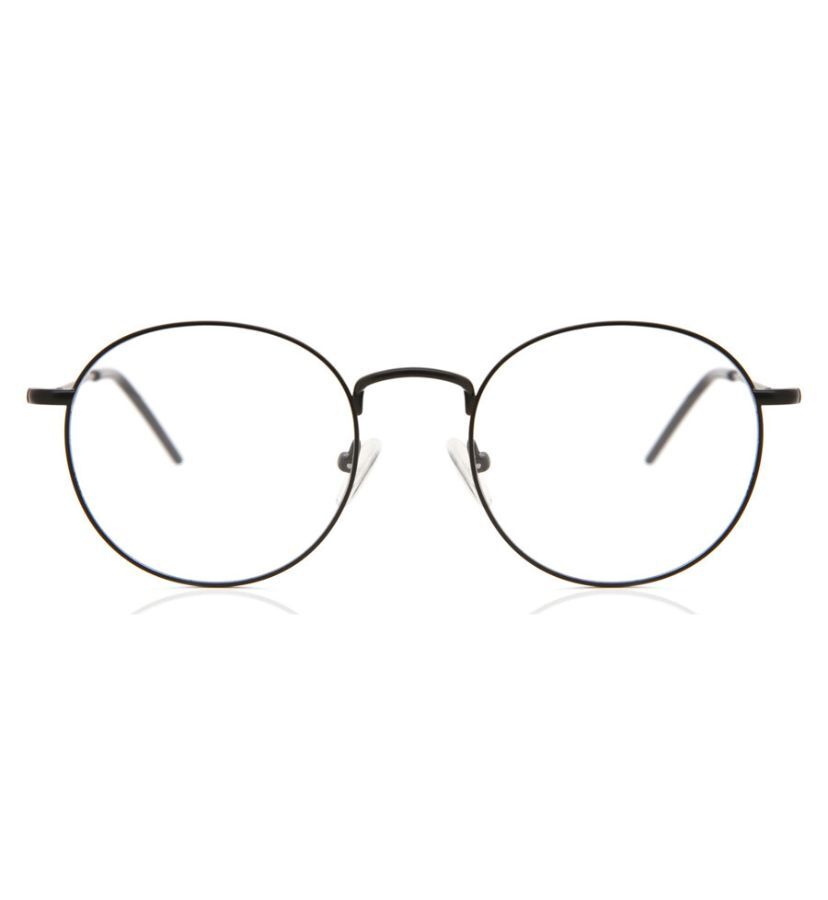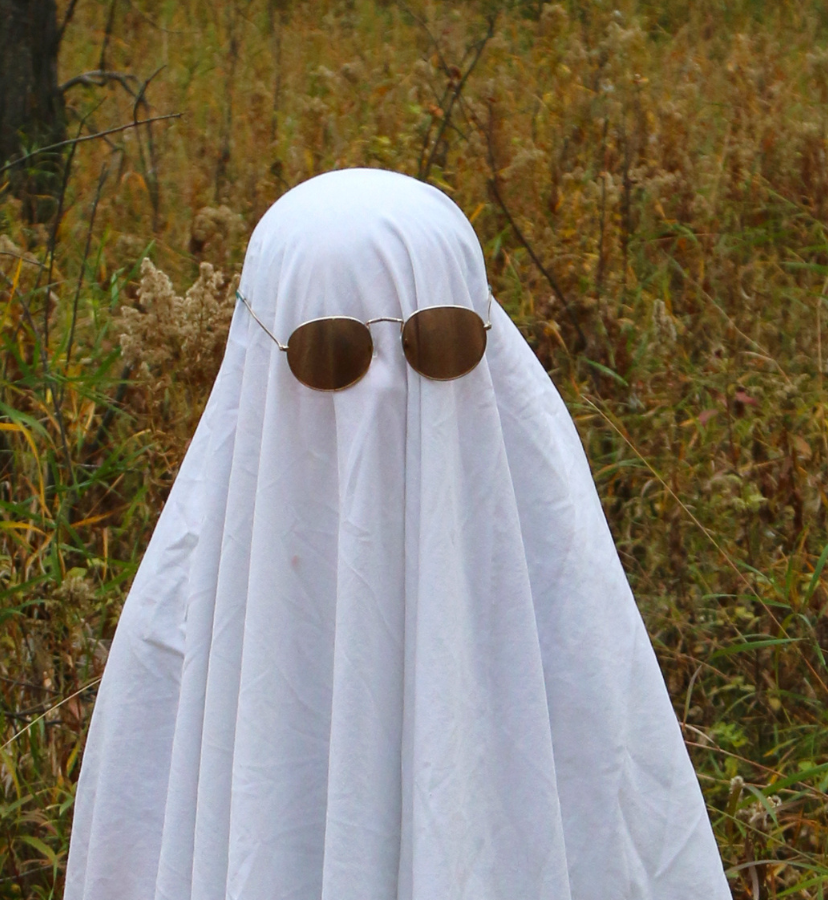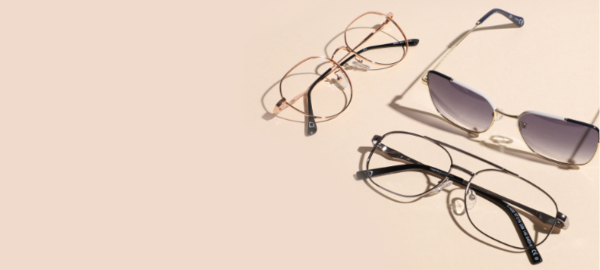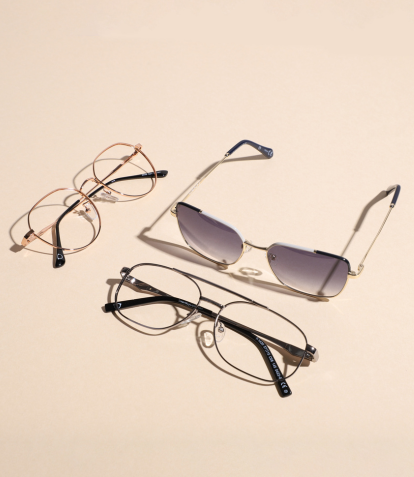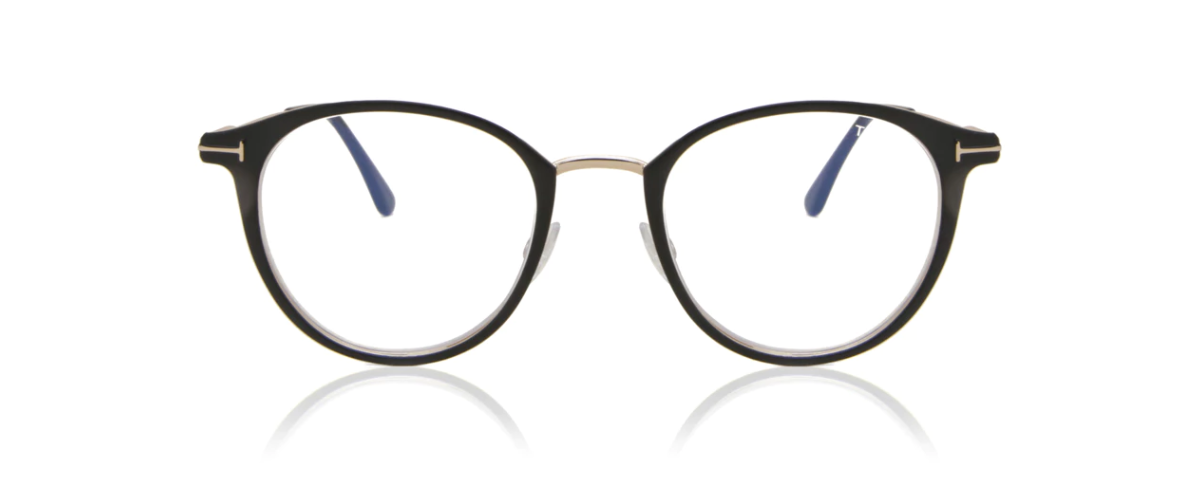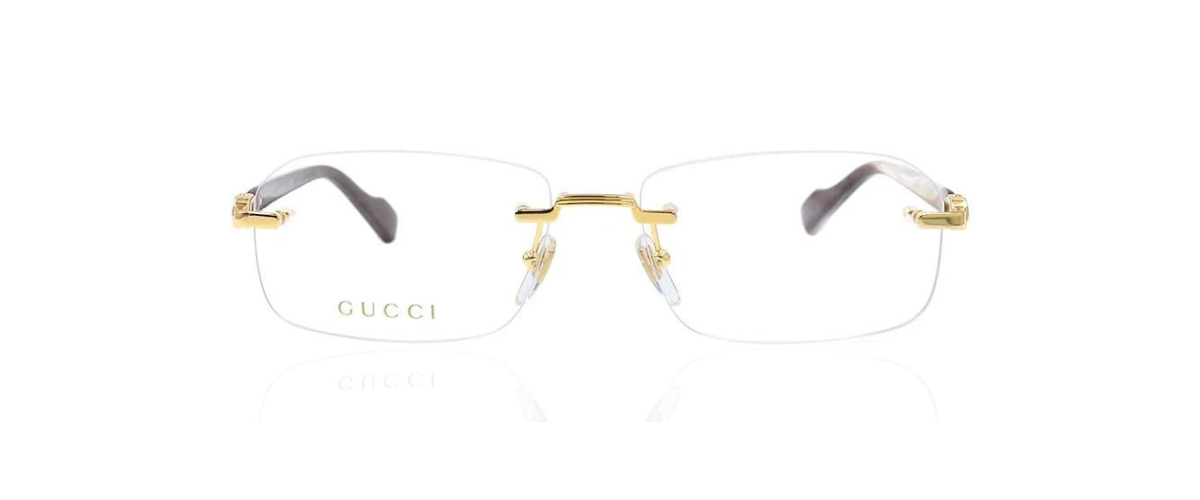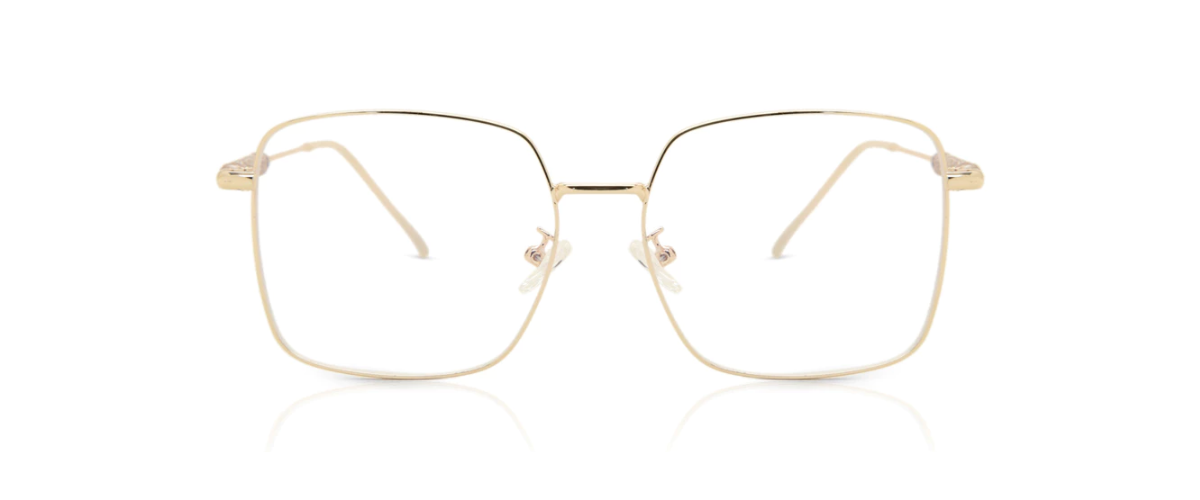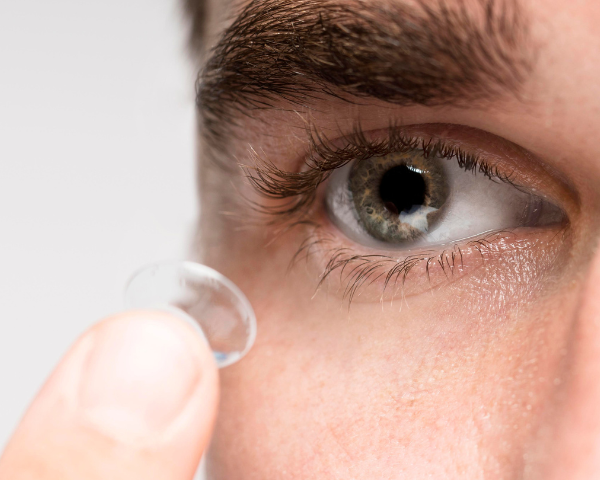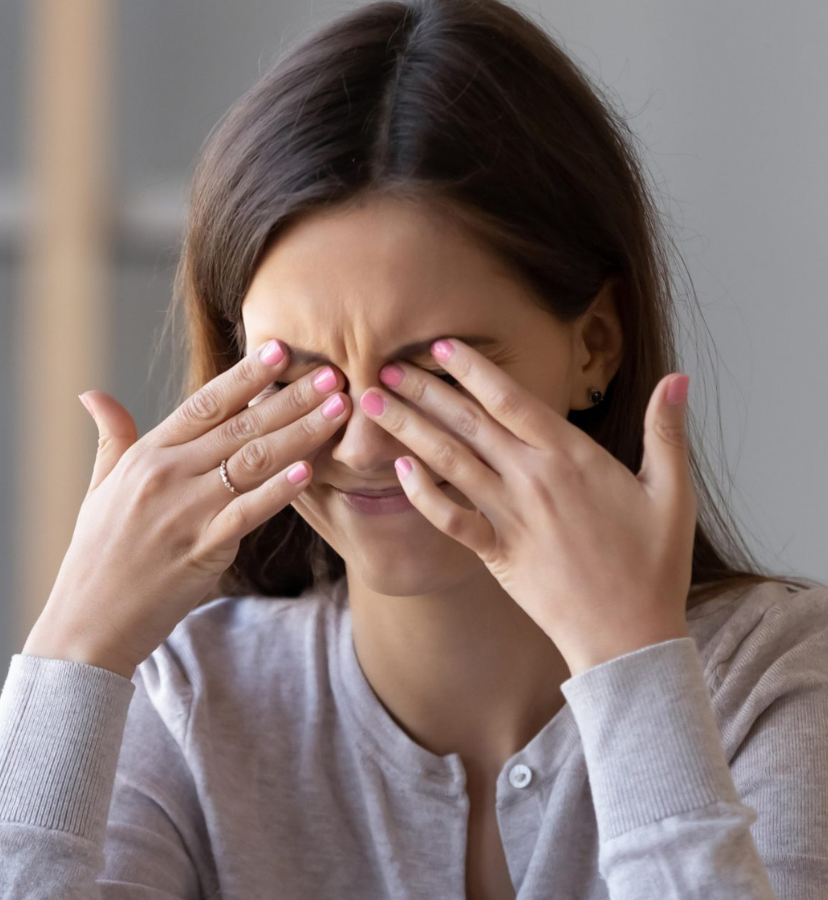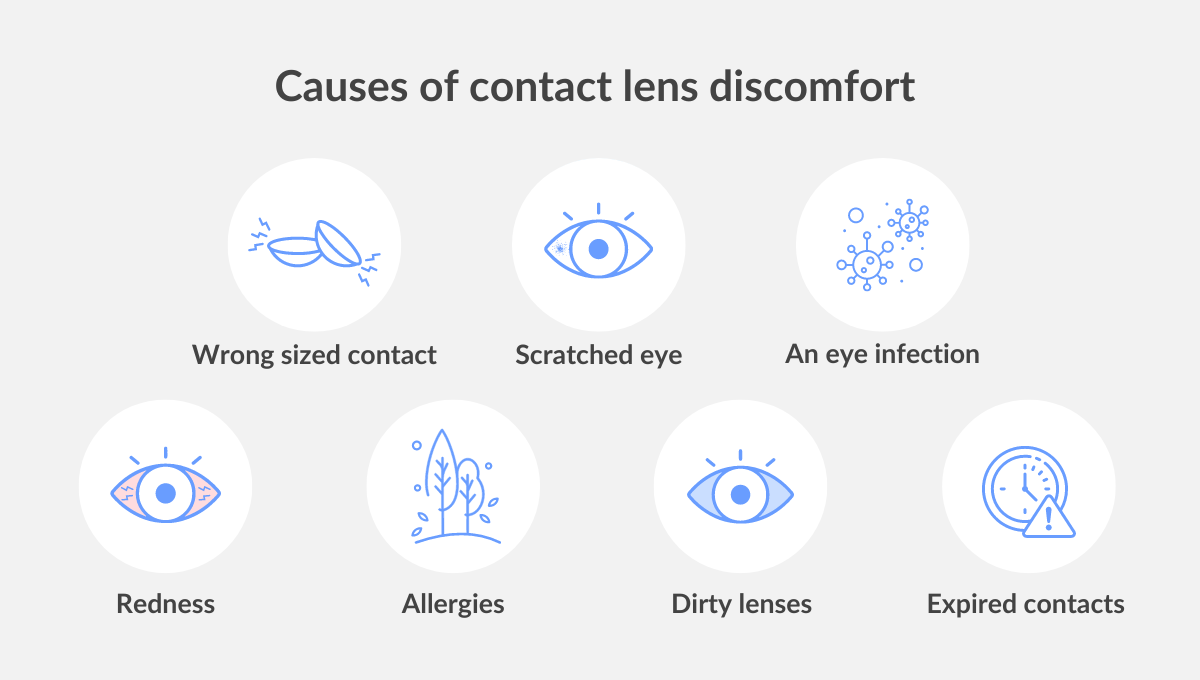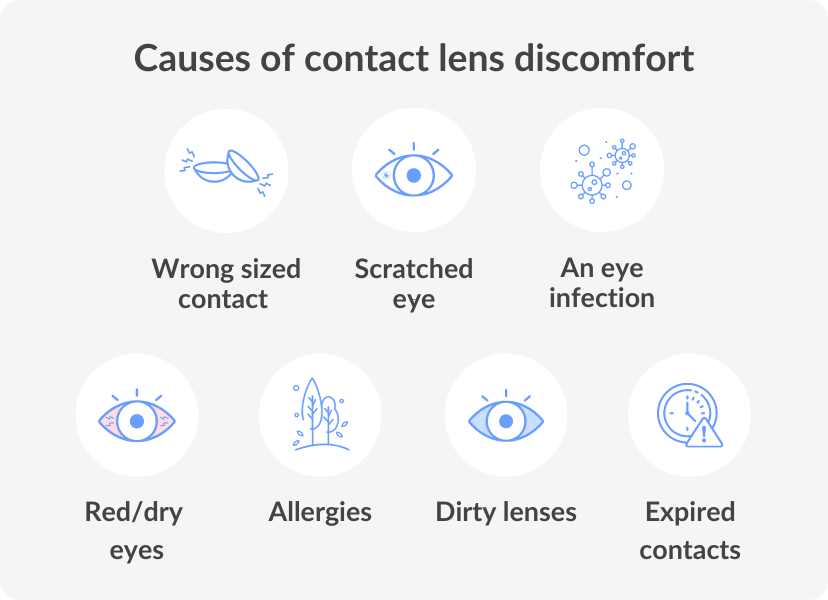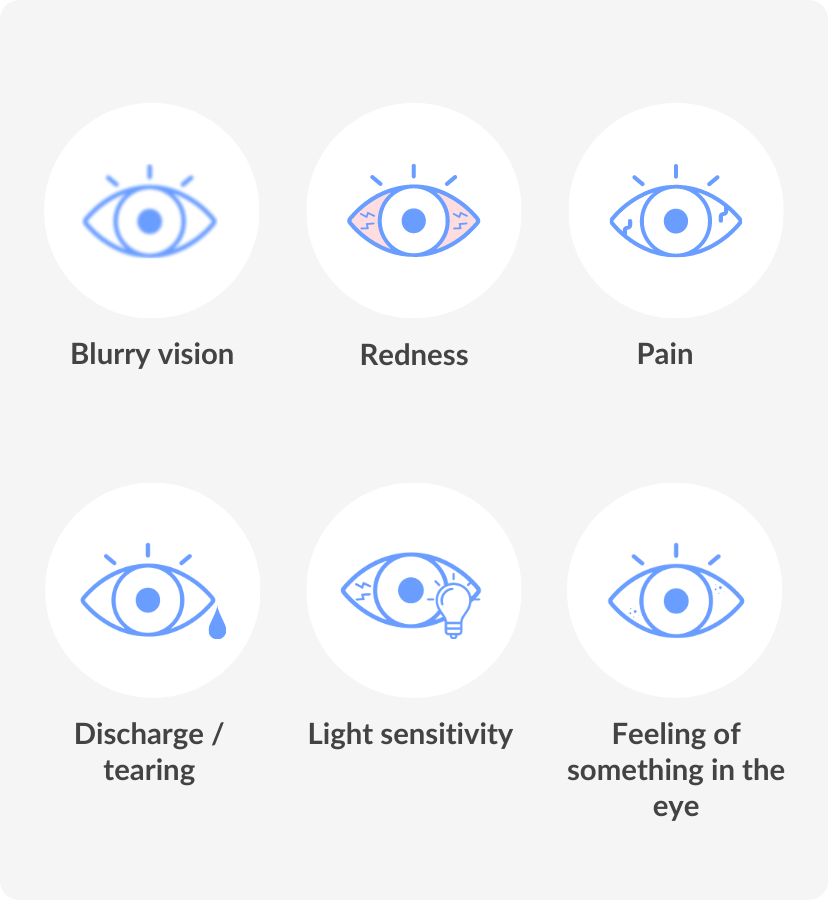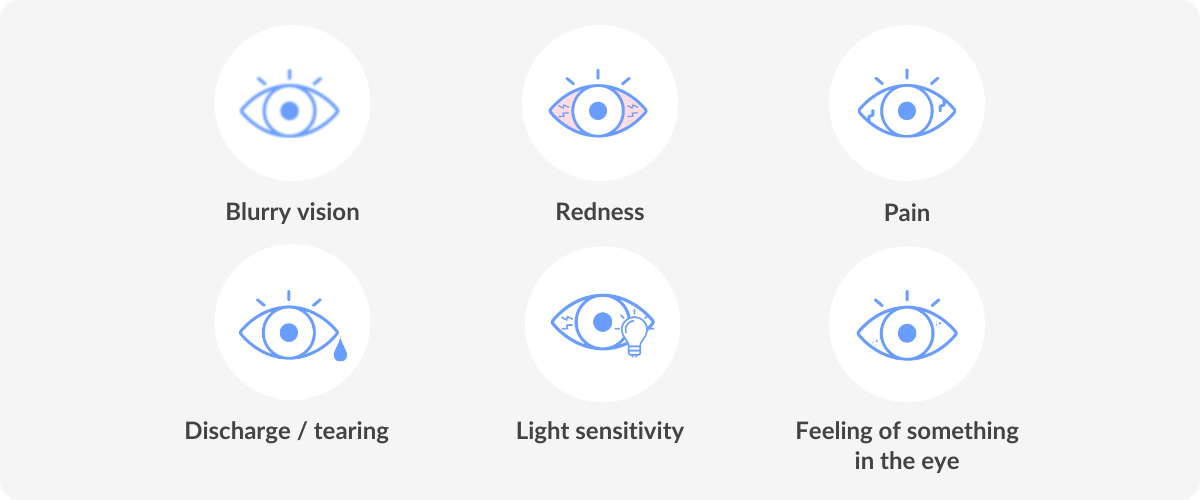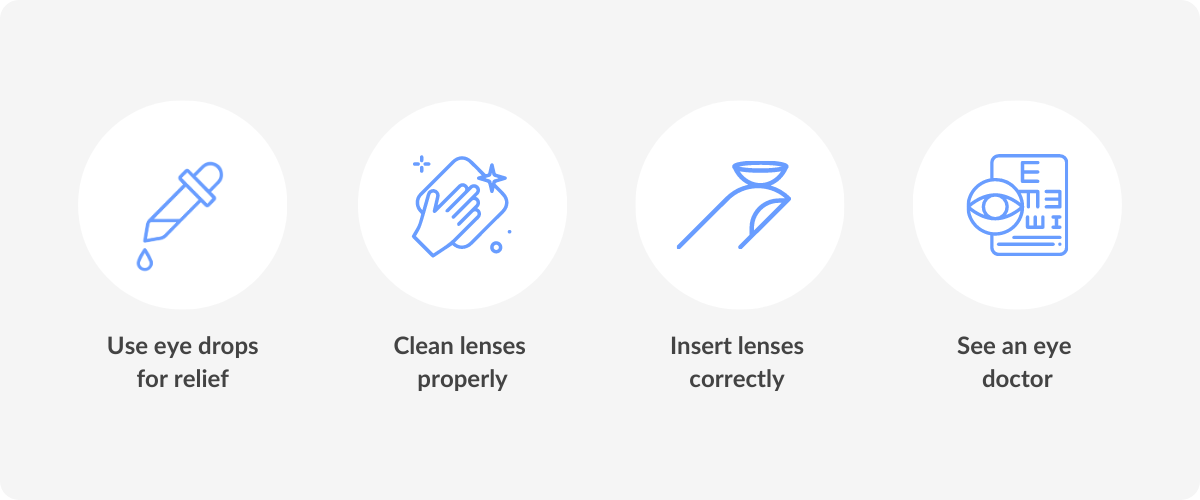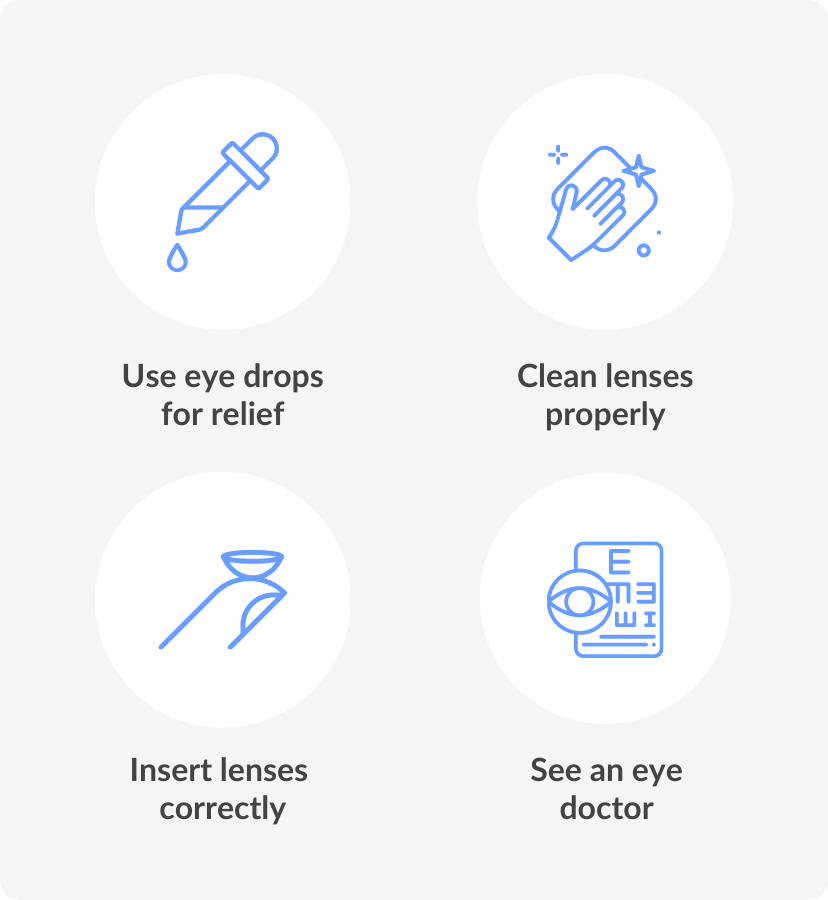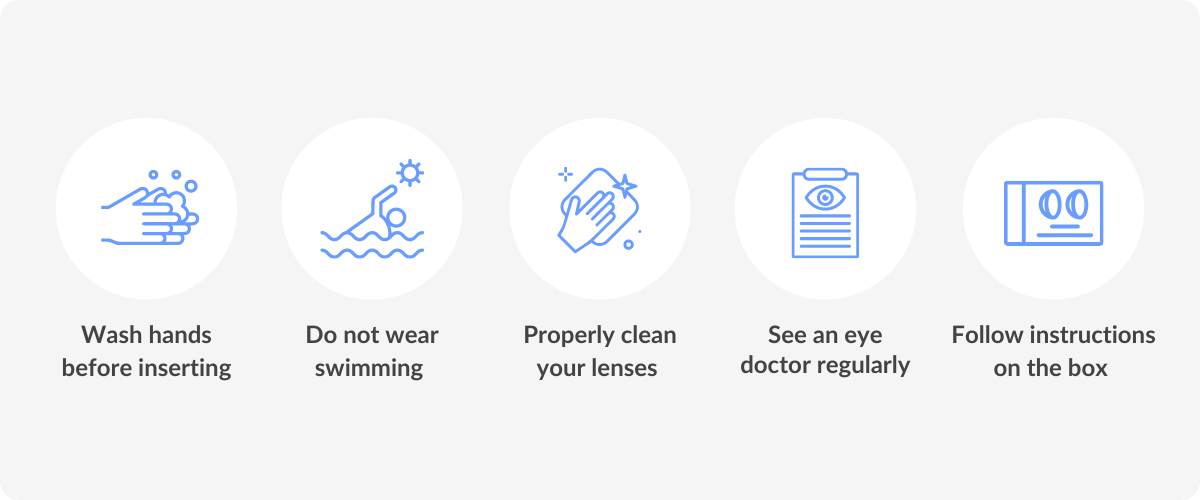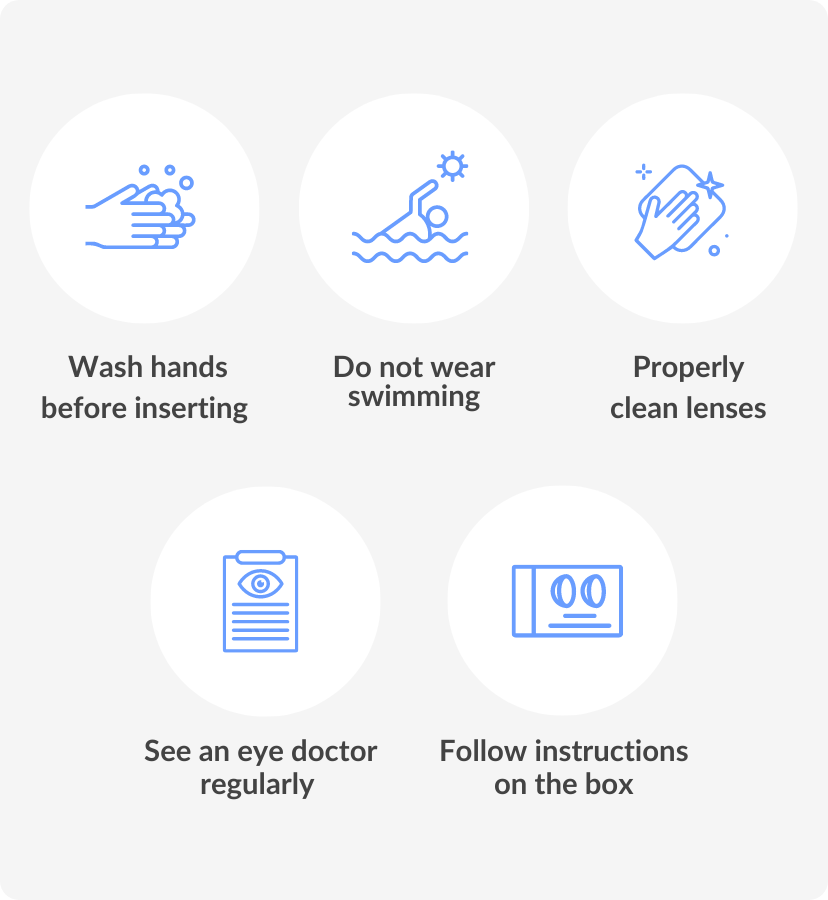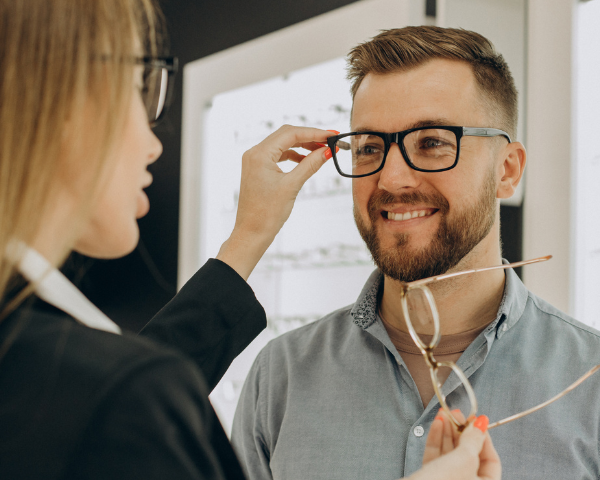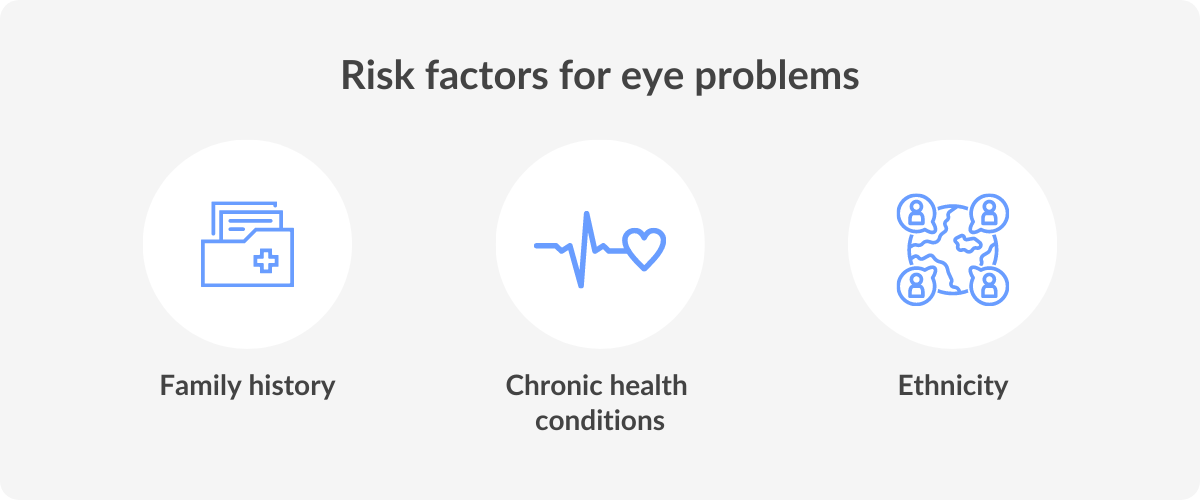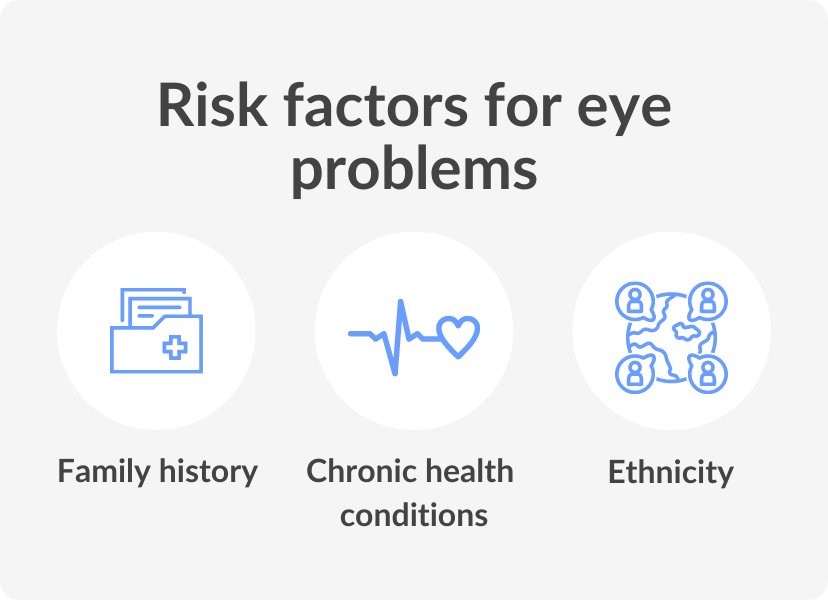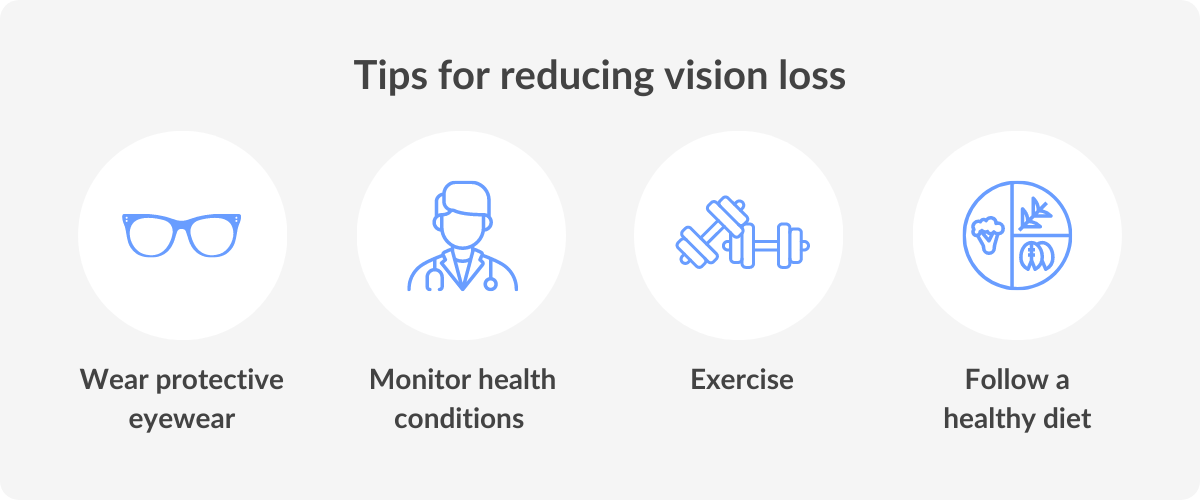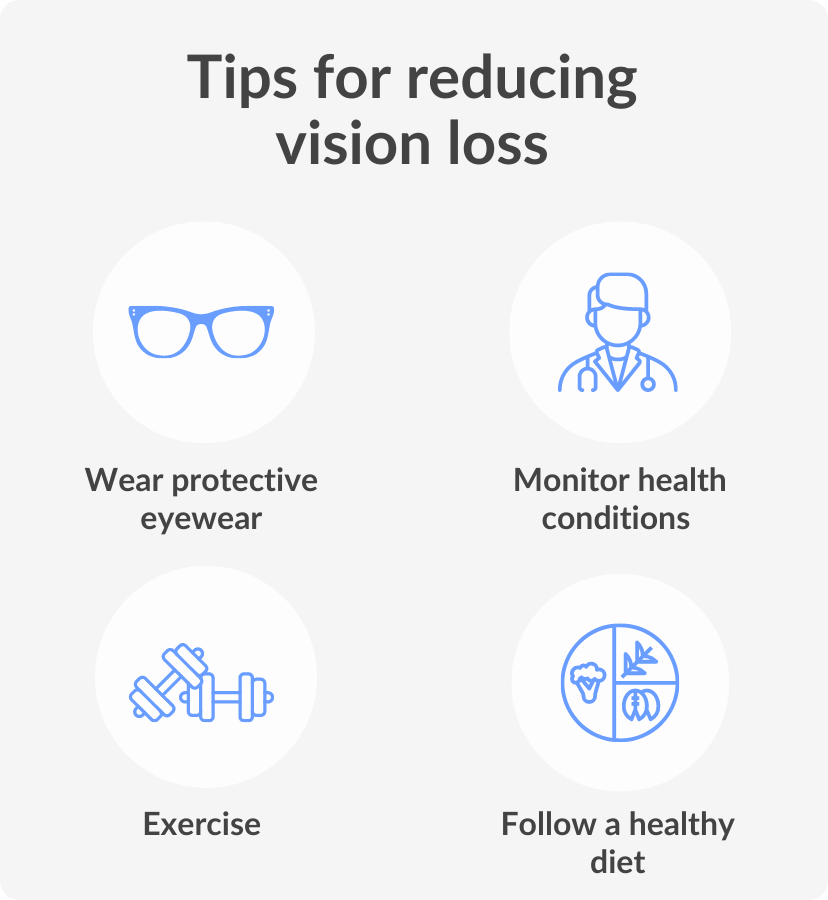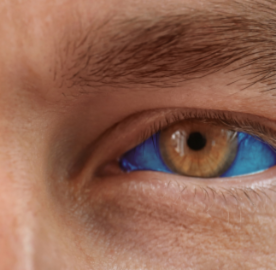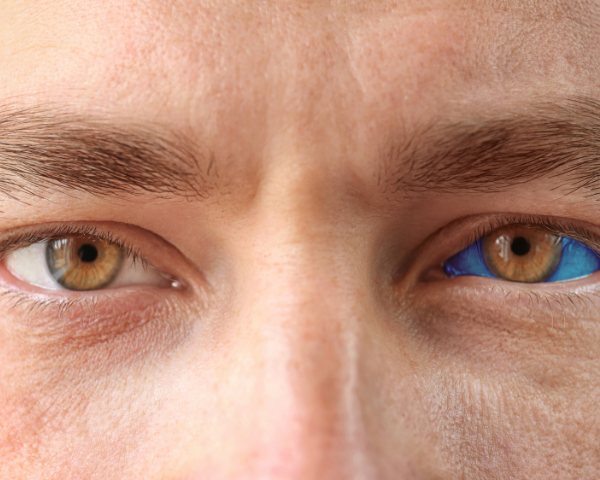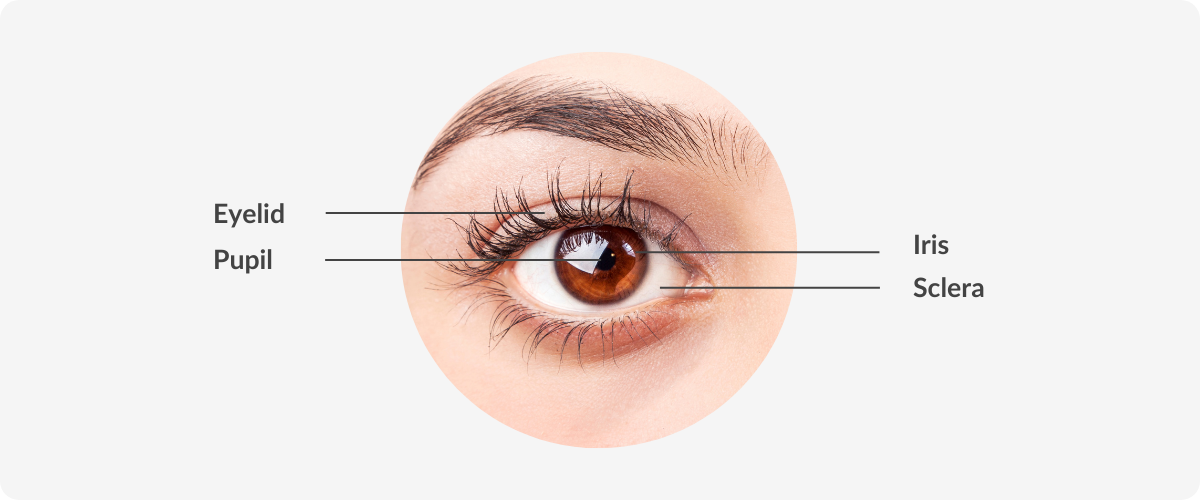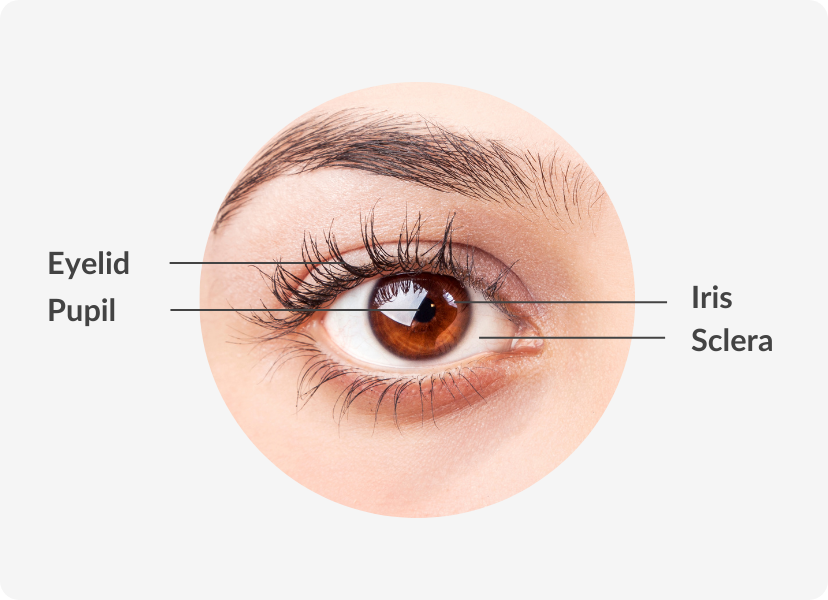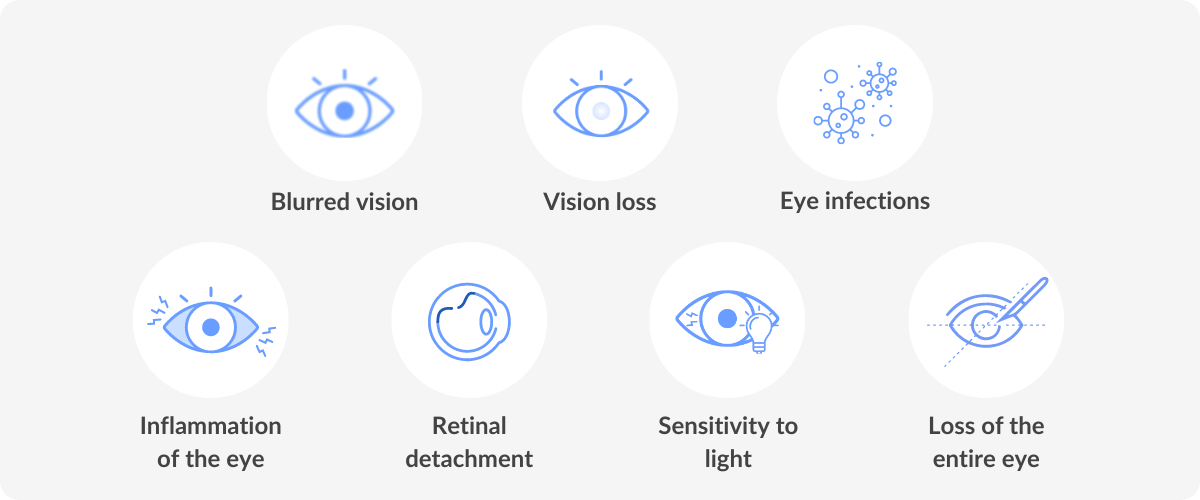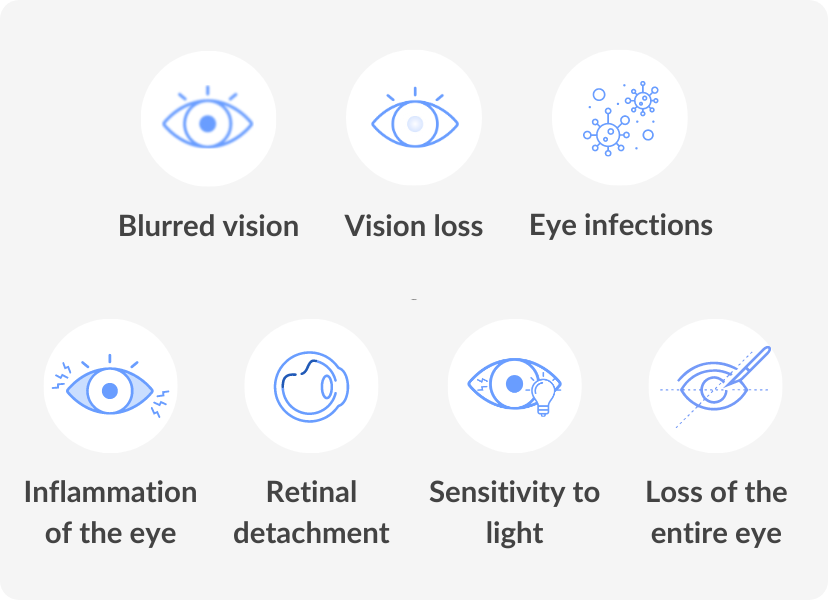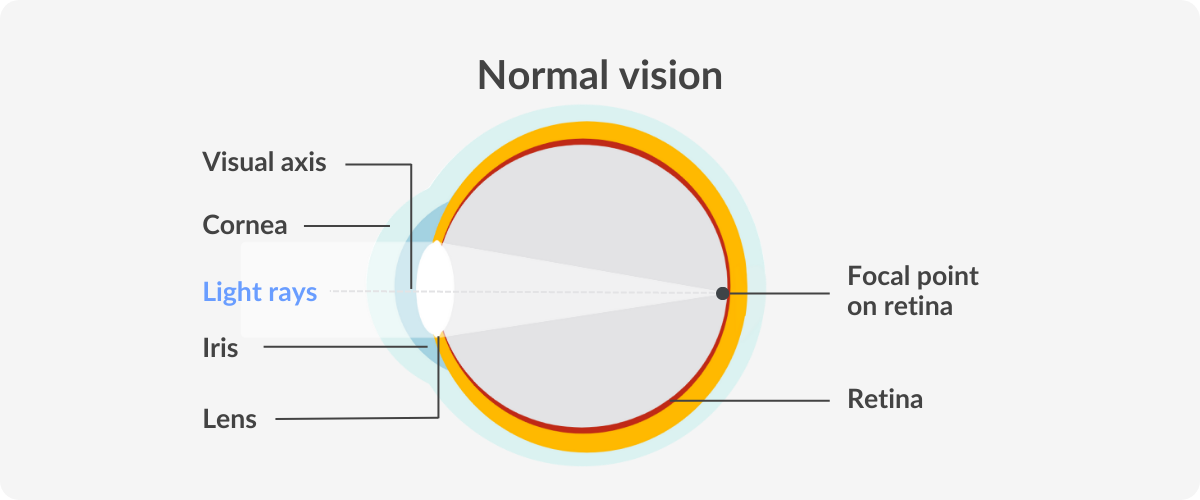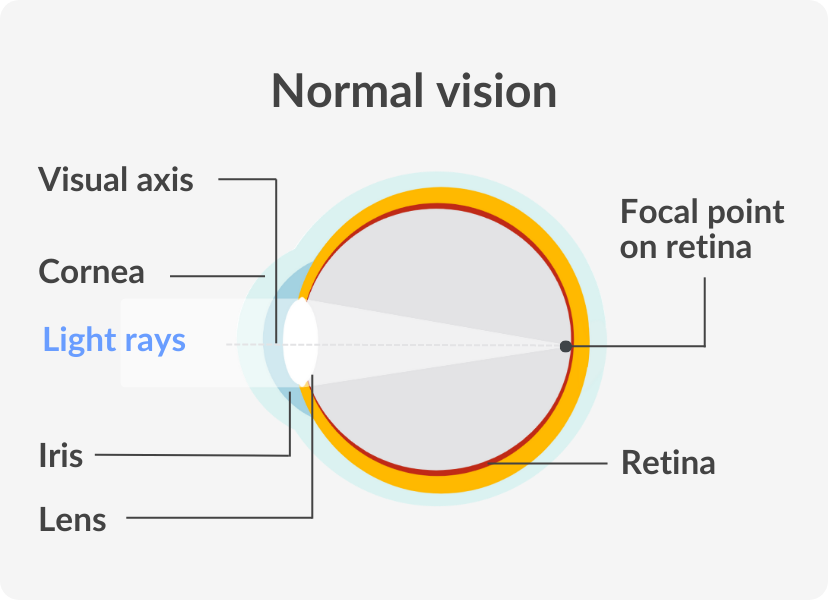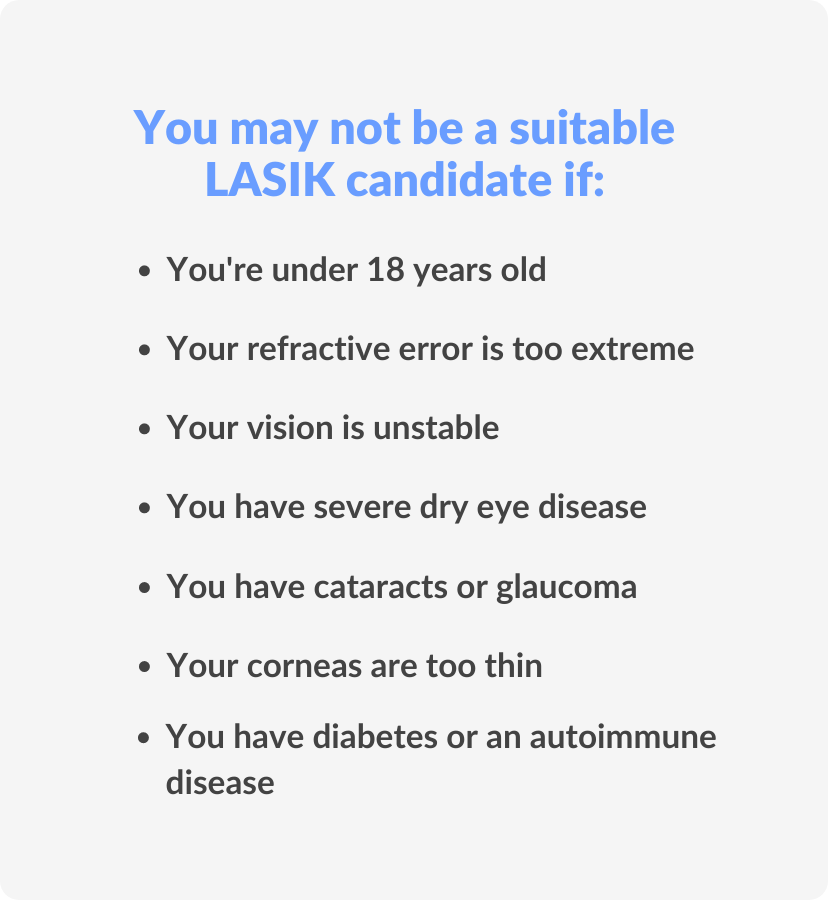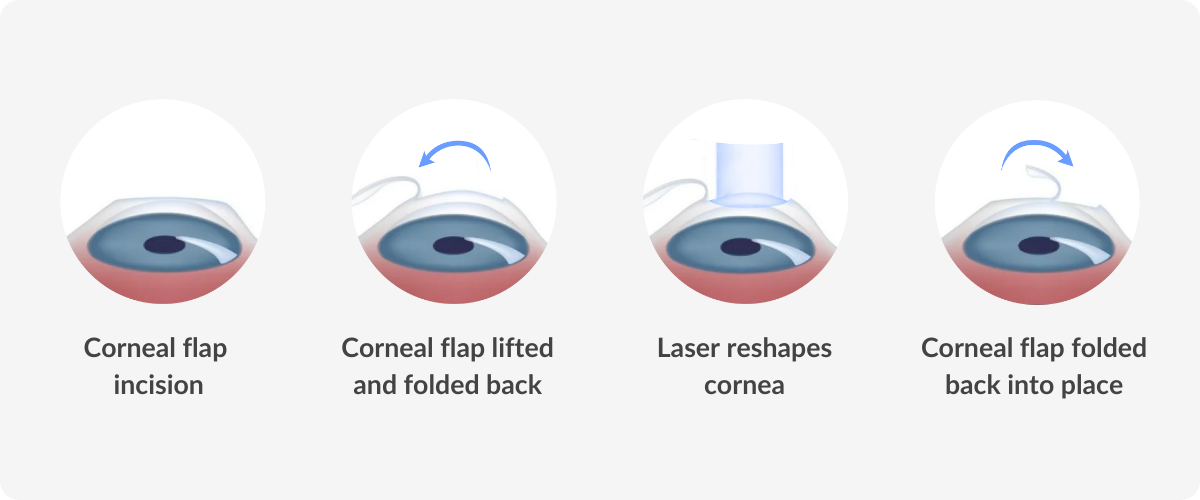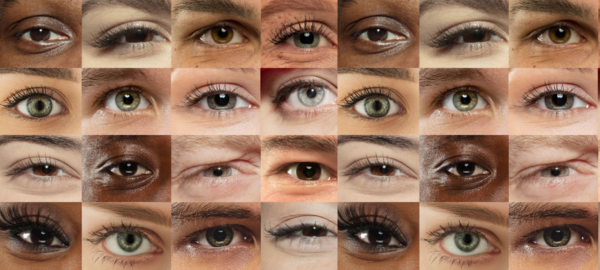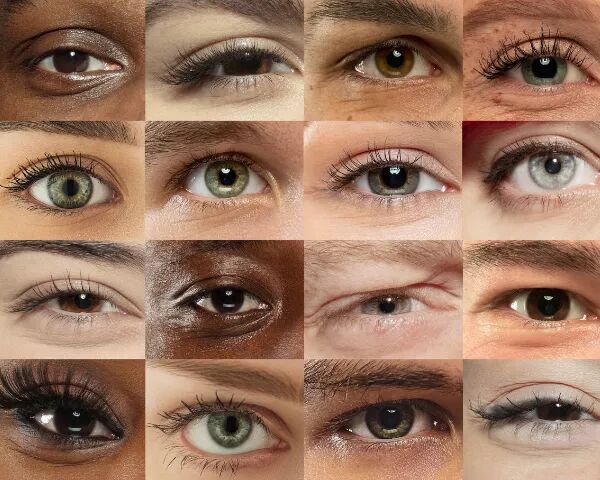Best Glasses for an Active Lifestyle

Reviewed by
Beck Jinnette
For most of us, living an active lifestyle is something we strive to do. We’ve all understood the importance of movement in our lives.
Whether you’re a seasoned athlete, a weekend warrior, or someone trying to incorporate more physical activity into your life, finding the perfect pair of eyeglasses to suit your active lifestyle is paramount.
In the pursuit of well-being, eyewear should not be a hindrance but a supportive companion.
Good sports eyewear can provide eye protection, enhanced performance, comfort and even support overall eye health.
Whether competing in water sports, trail running, mountain biking, or any outdoor sports, prescription sports glasses or sports sunglasses are an accessory that can improve visual acuity and take your performance from good to great.
What is the difference between everyday glasses and sports glasses?
Depending on your level of fitness and training, investing in high-performance eyewear or dedicated sports sunglasses, glasses, or sports goggles is a great option.
Regular eyeglasses and sports glasses serve distinct purposes and are designed with different features to cater to the wearer’s specific needs during various activities.
The first difference you may notice is the overall design and build. Prescription glasses are primarily designed and worn for vision correction.
They are typically made of plastic or metal, and their frames may be more delicate. Sports glasses, on the other hand, are engineered with durability and performance in mind.
They often feature robust, impact-resistant materials and sport-specific designs like rubber grips that prioritise functionality over fashion.
Everyday glasses are fitted with standard prescription lenses optimised for clarity in day-to-day activities. They may not offer features like UV protection, anti-fog coatings, or polarisation.
Sports eyewear can come with specialised lens technologies, such as polarised lenses to reduce glare, anti-fog and anti-scratch coatings for improved visibility and photochromic lenses that adapt in changing light conditions.
Another significant difference is that sports eyewear is designed to stay securely in place during vigorous activities.
Sport-specific frames often have features like rubberised nose pads and temple grips to prevent slipping, ensuring a stable fit.
Standard eyeglasses are not always designed to withstand high-impact activities. They may feature glass lenses which can break or shatter upon impact, posing a risk to the wearer.
Sport-optimised lenses are generally made of impact-resistant materials like polycarbonate or Trivex.
These materials are more durable and can protect the eyes from potential injuries caused by flying objects or collisions.
Wrap around style sports sunglasses are even better at protecting your eyes as they are designed to shield them from wind, dust and debris.
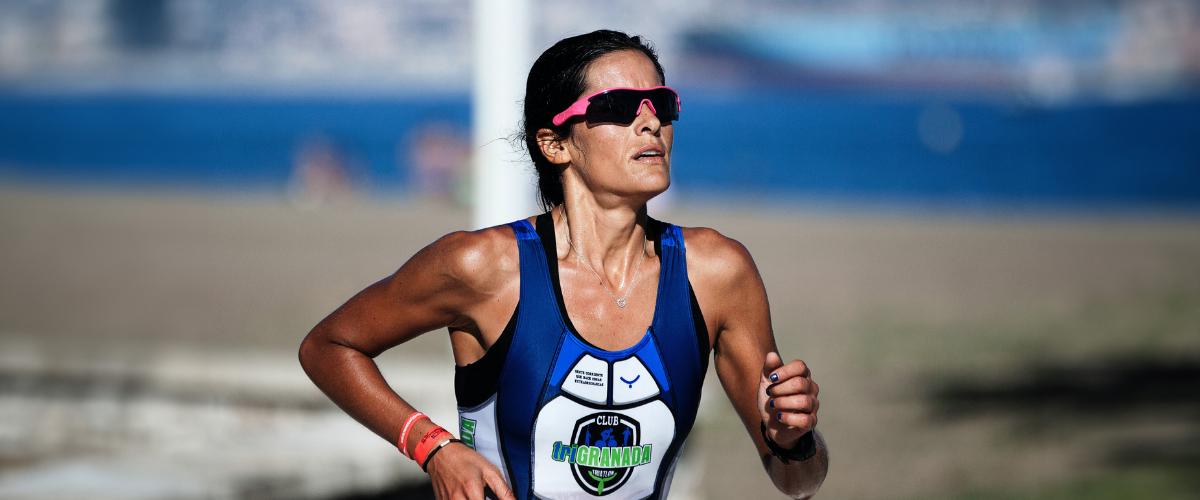

Can I add prescription lenses to my sports glasses?
If you wear prescription glasses and require vision correction, a pair of prescription sport sunglasses or glasses are a great solution to keep you active.
Depending on the specific frame design and offerings, you can often add your prescription to sports glasses.
Keep in mind that not all frames are compatible with prescription lenses, so it is essential to ensure that the frames you choose can be fitted with them before buying.
The first step is getting an updated prescription from your eye doctor. They will assess your vision and determine your prescription needs.
Once you have your prescription, you can select sports glasses compatible with prescription lenses.
From single vision to varifocal lenses, many sports eyewear brands offer options for prescription inserts or custom-made lenses that can be fitted into the frame.
At SmartBuyGlasses, you can add your prescription details and customise your lenses for your specific vision needs. There is no need to ditch your prescription glasses to stay active.
It’s important to follow proper care and maintenance guidelines for your sports glasses with prescription lenses, just as you would for regular eyeglasses.
Clean the lenses regularly, avoid harsh cleaning solutions and protect them from scratches.


What are the benefits of wearing sports glasses?
Whether you’re an amateur or professional athlete, wearing sports sunglasses or glasses has many benefits. Some of the biggest benefits include:
- They provide eye protection from injuries during sports and other physical activities.
- UV protection to help shield your eyes from UVA and UVB rays during outdoor activities.
- Prescription sports glasses can help athletes with vision impairments to see clearly.
- Sports glasses typically feature polycarbonate lenses, which are more durable than glass lenses.
- Certain sport lenses come with anti-glare coatings or polarised lenses.
- Sports glasses are made from durable materials and offer a snug fit, so they stay securely in place during physical activity.
Quite versatile, sports sunglasses are available for various sports and activities.
From light walking to cycling and mountain biking, there are specialised designs tailored to the specific demands of each sport, ensuring that athletes have the proper eyewear for their chosen activity.
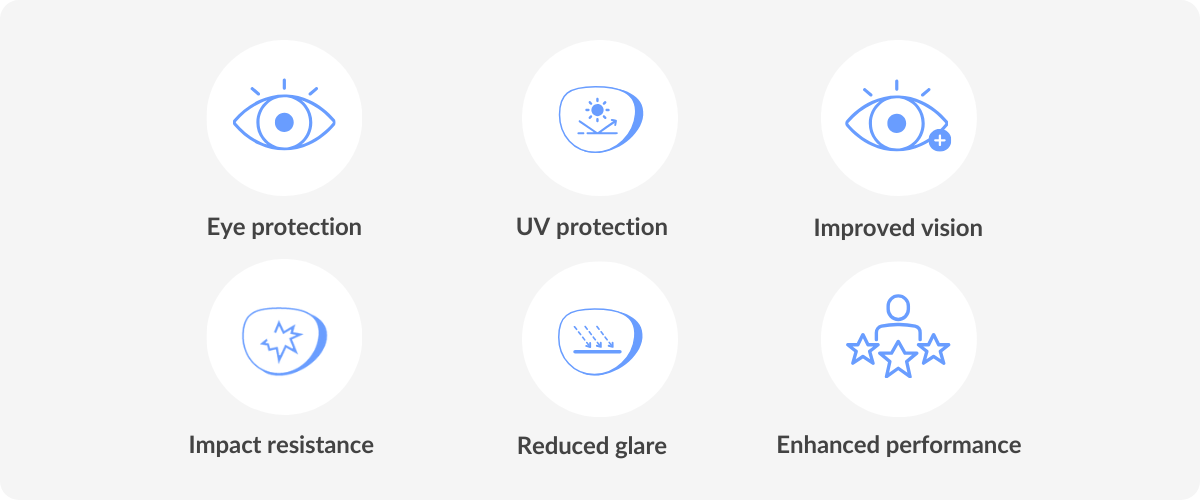
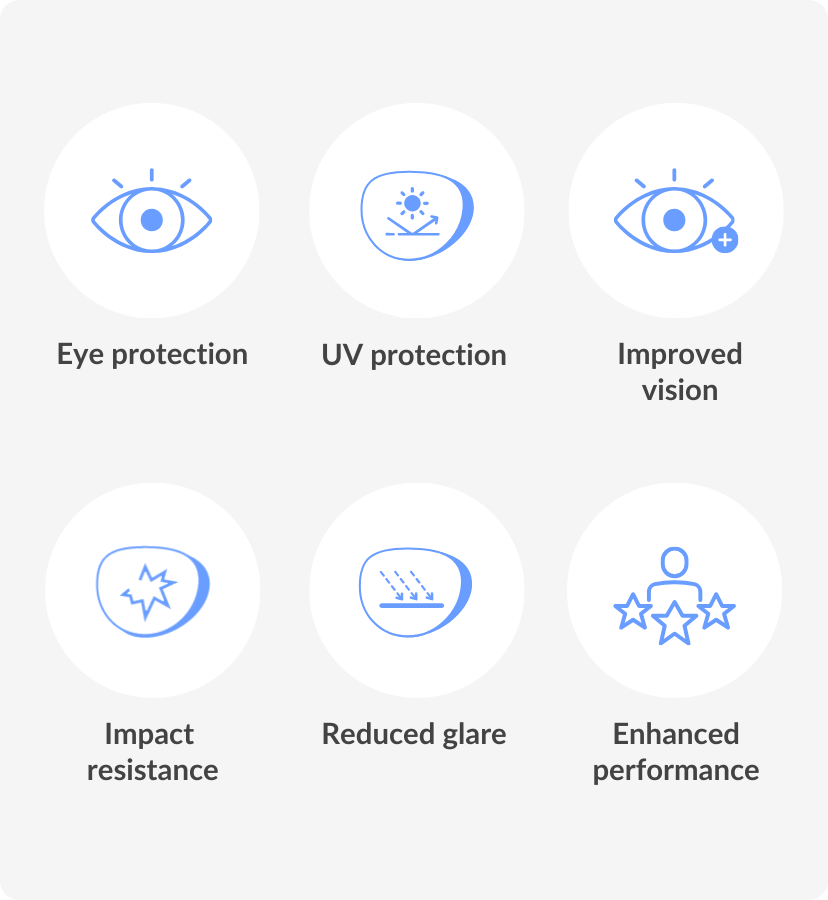
What to consider when buying glasses for an active lifestyle
If you want to enhance your athletic performance, it’s time to get a pair of sports frames that fit comfortably. Sports sunglasses don’t have to be ugly and bulky.
Finding a versatile pair to take you through the day is easy once you consider a few things. The first step is understanding your face shape.
Some frame sizes and styles may fit certain face shapes better than others. Next, consider your style preferences.
Sports glasses come in various types, from sleek and modern designs to more sport-specific options. Choose a style that suits your taste and the sports or activities you’ll engage in.
The lens colour can significantly impact your performance and visual comfort in different conditions.
- Clear lenses: suitable for low-light conditions or indoor sports.
- Yellow or orange lenses: enhance contrast and depth perception in overcast or hazy conditions.
- Grey lenses: provide accurate colour perception and are excellent in bright sunlight.
- Brown or copper lenses: enhance contrast and are ideal for variable lighting conditions.
- Mirrored lenses: reflect sunlight, reducing glare in very bright conditions.
Another important thing to consider is the special lens coatings available. Look for sports sunglasses with scratch-resistant coatings.
Scratches on the lenses can impair your vision and compromise safety, especially during intense activities.
An anti-fog coating helps prevent condensation and fogging on the lenses. This feature is crucial for sports that involve rapid temperature changes or high-intensity physical exertion.
Depending on the sport, consider the level of impact resistance your glasses need. For high-impact sports like racquetball or basketball, choose glasses with durable frames and higher impact resistance.
Ensure that the design of the sports glasses does not obstruct your peripheral vision, as this can be crucial for safety in many sports.
Rimless sunglasses are a good option, providing the wearer with an almost entirely unobstructed view.
The best sports sunglasses will vary depending on the wearer. Be sure to weigh up your options and tailor your choice to your specific sport and personal preferences.
Then, you can select the right pair of sports glasses that enhance your performance and protect your eyes effectively.
DID YOU KNOW?
Various organisations, such as the American National Standards Institute (ANSI) and the European Committee for Standardization (CE), have established standards for sports eyewear to ensure they meet specific safety and performance criteria.
Tips for working out in glasses
Working out with glasses can be tricky. You’re moving a lot, and sweat may cause your frames to slide down your face. The last thing you want is for your glasses to slip off while exercising.
Don’t let your glasses keep you from working up a sweat! Opt for lightweight and durable materials like titanium or plastic when choosing frames.
A snug fit on your face and rubberised nose pads or temple tips can help your glasses stay put and prevent slipping during workouts.
Many sports glasses come with adjustable straps that can be secured around your head to keep them in place during intense activities. This helps prevent them from falling off or sliding down your nose.
If you tend to sweat during workouts, use a sweatband or headband to help absorb moisture and prevent it from dripping onto your lenses. This can help keep your glasses clean and fog-free.
Regularly clean your glasses with a microfiber cloth to remove sweat, dirt and smudges. Dirty lenses can affect your vision and become a distraction during exercise.
Lastly, be sure to schedule regular eye exams to ensure your prescription is up to date and that
your eye health is in good condition. This will help ensure you have the right glasses for your workouts.
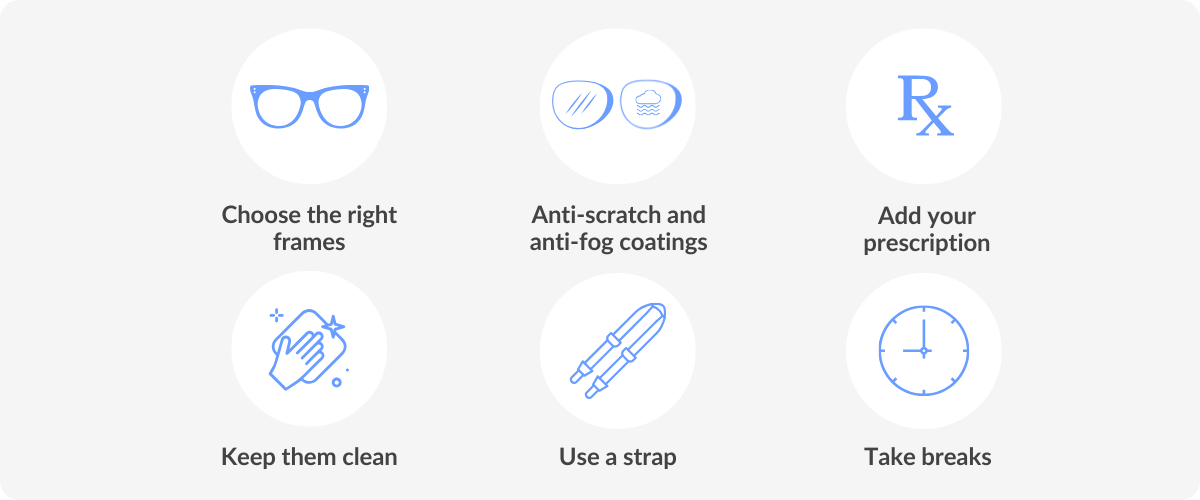
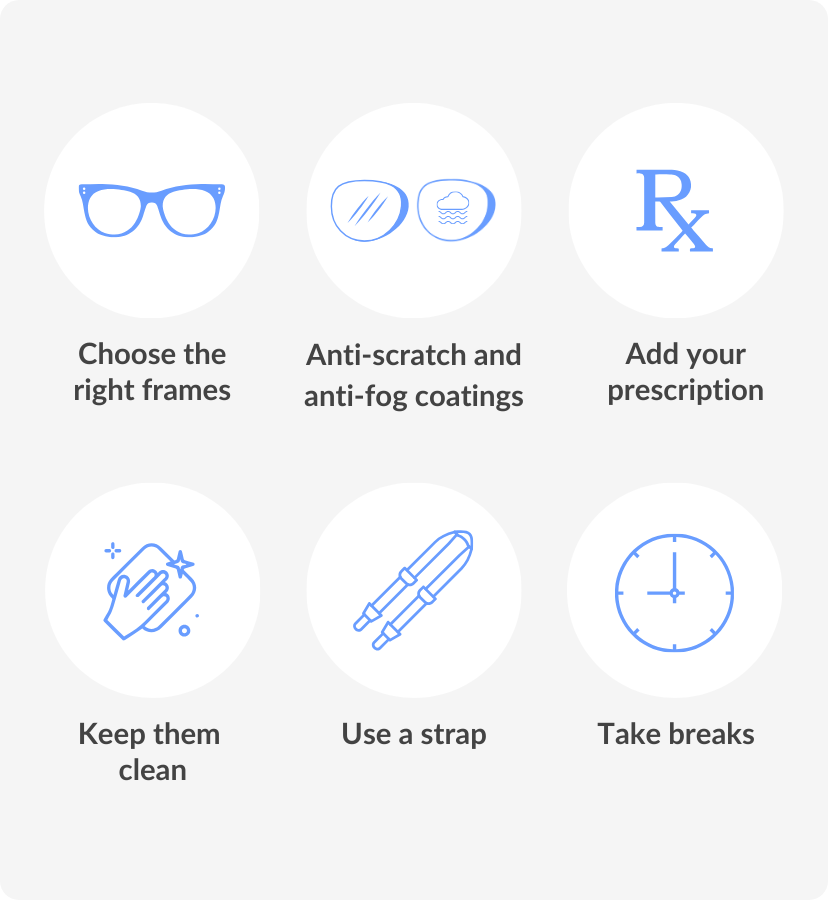
How to find the best glasses for an active lifestyle
As discussed, finding the best glasses for active lifestyle involves considering various factors to ensure that your eyewear is comfortable, durable and suitable for your specific activities.
Be sure to fit your frames with lens tints and coatings that match your active lifestyle. Polarised sunglasses are a great option if you engage in watersports or driving, as they reduce glare.
Some sports glasses offer interchangeable lenses, allowing you to switch between clear, tinted, or polarised lenses based on lighting conditions.
Photochromic lenses, which automatically darken when you transition from indoors to outdoors, are another excellent lens option.
Remember that the best glasses for an active lifestyle will be tailored to your needs and preferences.
Take your time to make an informed decision and consult with an optometrist or one of our certified opticians for personalised recommendations if needed.
Don’t let your eyewear keep you on the sidelines. It’s time to embrace your sporty style and take your performance to the next level with versatile sunglasses or glasses designed for an active lifestyle.







































